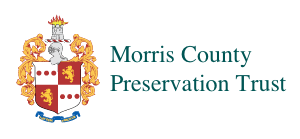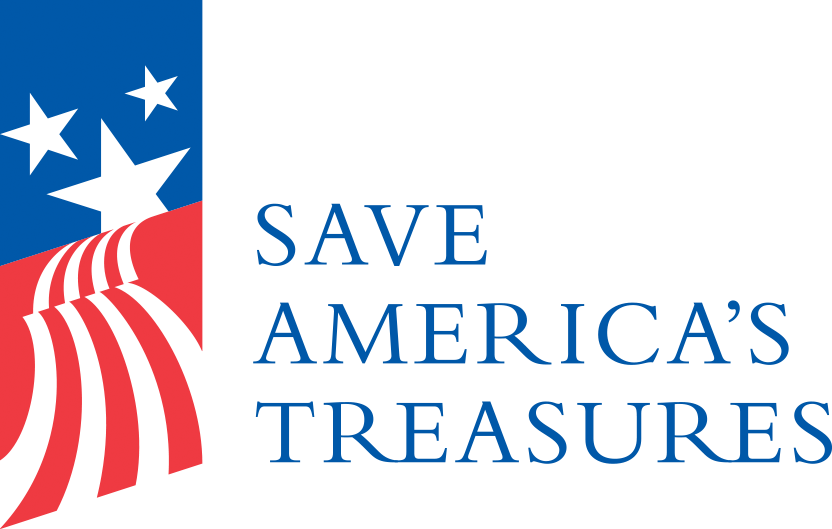An online course presented by The Stickley Museum at Craftsman Farms.
With Instructor, Dr. Jonathan Clancy, Director of Collections and Preservation.
5 Sessions | $12.50/session HALF PRICE | Location: Zoom Online Classroom
Recorded on Saturdays, October 9– November 6, 2021
35th Anniversary Special!
Circa 1917: Rediscovering Craftsman Farms is 50% off throughout the month of January.
Circa 1917
COURSE OVERVIEW
These five sessions compliment the exhibition of the same name and provide a chance to dig deeper into Craftsman Farms as it evolved during the Stickley family’s ownership from 1908-17. Envisioned, at various times, as a school, a working farm, and a country retreat, the property grew to nearly 650 acres during Stickley’s ownership and served as the family’s home. From the landscape, to the buildings, to the furnishings, this exhibition is a comprehensive view of the evolution of Craftsman Farms that brings together our latest research and documentation to provide the most complete picture the Museum has ever offered. Featuring original objects, previously-unknown original buildings, and glimpses into parts of the campus normally unseen by visitors, this series gives audiences a chance to explore Craftsman Farms as an insider, to see it as it stood when the Stickleys departed in 1917. Put simply: whether you are a long-time member who has visited dozens of times or are a new supporter longing to visit, these sessions provide unprecedented access that will allow you to rediscover Craftsman Farms for yourself.
Registration is required. Once registered and paid, you will receive an email prior to each session with a link to join.
Do you have a scheduling conflict for the live session? You can still enjoy the program. Register and we’ll send you the recording! All paid attendees will be emailed a private link to the session recording when it is available.
Missed us? You can also register retroactively. If you register for a session that has passed, you’ll receive access to the recording when it is ready.
Haven’t tried a session yet? Each session is planned as a “stand-alone” lecture, so you can take them all or attend the topics that interest you most.
| 1 | Sat., Oct. 9 | The Lay of the Land: Understanding the Craftsman Farms Campus The Craftsman Farms we know today bears little resemblance to the project Stickley began in 1908…. READ MORE |
| 2 | Sat., Oct. 16 | What Remains: Stickley’s Vision at Craftsman Farms Today From furnishings, to structures, to farm equipment and other bits of material culture that have survived for more than a century since the Stickleys sold the property to the Farny family, a remarkable amount of original material remains (or has been returned) to Craftsman Farms… READ MORE |
| 3 | Sat., Oct. 23 | Complexity and Contradiction: Furnishing the Log House For over 30 years the focus in the Log House interior of Stickley’s family home has been–quite understandably–on the furniture that Stickley made for the space… READ MORE |
| 4 | Sat., Oct. 30 | You Can Take it With You: Selections from Stickley’s Descendants While the early photographs of the Log House are an essential component to understanding the material culture that informed Stickley’s worldview, they are necessarily problematic too… READ MORE |
| 5 | Sat., Nov. 6 | Making an Exhibition: Conservation and Documentation Exhibitions emerge complete; they open (or are put online) as fully formed entities that have seemingly sprung forth as realized visions from the heads of curators… READ MORE |
CLASS DESCRIPTIONS
Week 1: Sat., Oct. 9
The Lay of the Land: Understanding the Craftsman Farms Campus
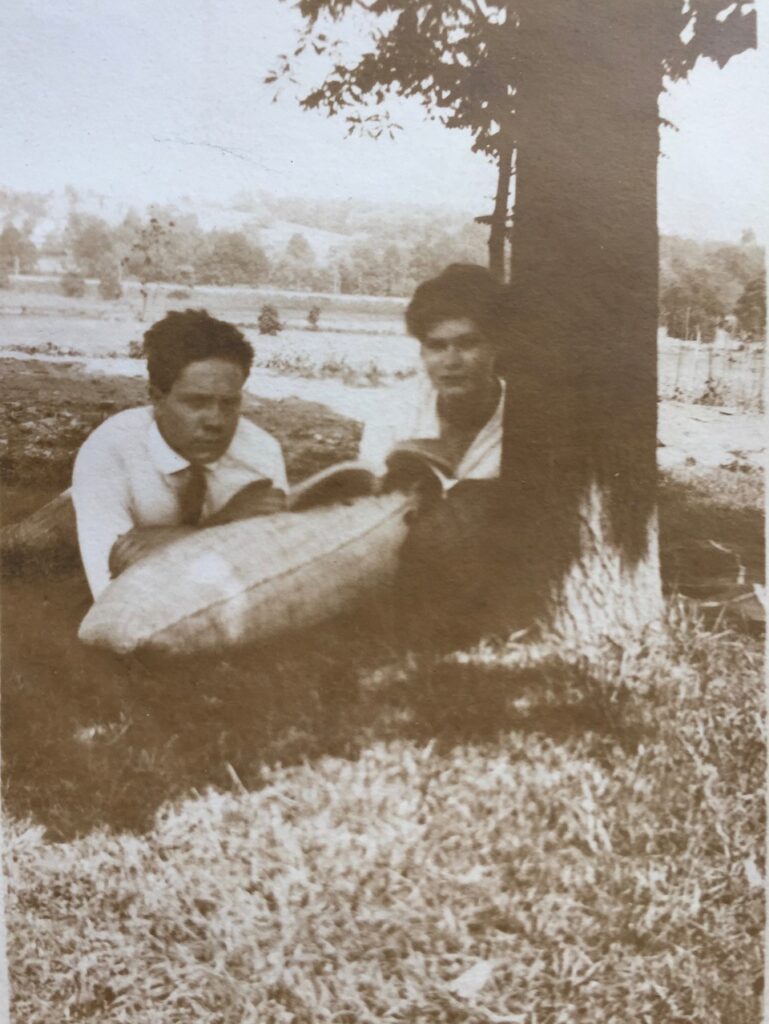
The Craftsman Farms we know today bears little resemblance to the project Stickley began in 1908. Nestled amongst suburban development in a densely populated area of Northern New Jersey, the remaining 30 acres continue to serve as an oasis even though they are but a fraction of the 650 acres that Stickley assembled. This session focuses on the campus–how it worked, how it was laid out, and even its development–from 1908 to 1917, discussing the structures Stickley built, those that were extant on the properties when he purchased them, and those elements that have been lost to time and development. The goal is to reorient ourselves to the campus so that we can appreciate the scale and effect that Craftsman Farms had during the Stickley era.
Image: Stickley children, Gustav, Jr., and one of his sisters from Marion Stickley’s scrapbook.
Week 2: Sat., Oct. 16
What Remains: Stickley’s Vision at Craftsman Farms Today
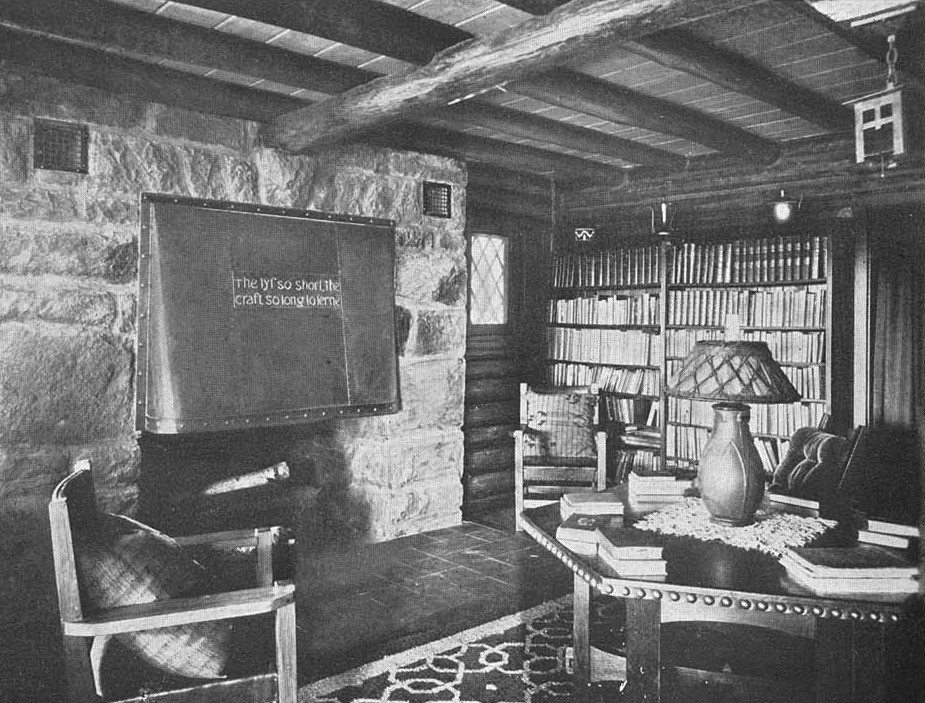
From furnishings, to structures, to farm equipment and other bits of material culture that have survived for more than a century since the Stickleys sold the property to the Farny family, a remarkable amount of original material remains (or has been returned) to Craftsman Farms, each capable of telling a story about the Stickley era. Whether in pristine condition or obscured through loss and alteration, these objects and buildings are essential to rounding out our picture of life on Craftsman Farms and understanding the scale of the project and the visual world that that the family inhabited. This session includes items new to the collection, previously undocumented furniture, and interiors normally unseen by visitors.
Image: Southwest corner of the Log House in 1911.
Week 3: Sat., Oct. 23
Complexity and Contradiction: Furnishing the Log House
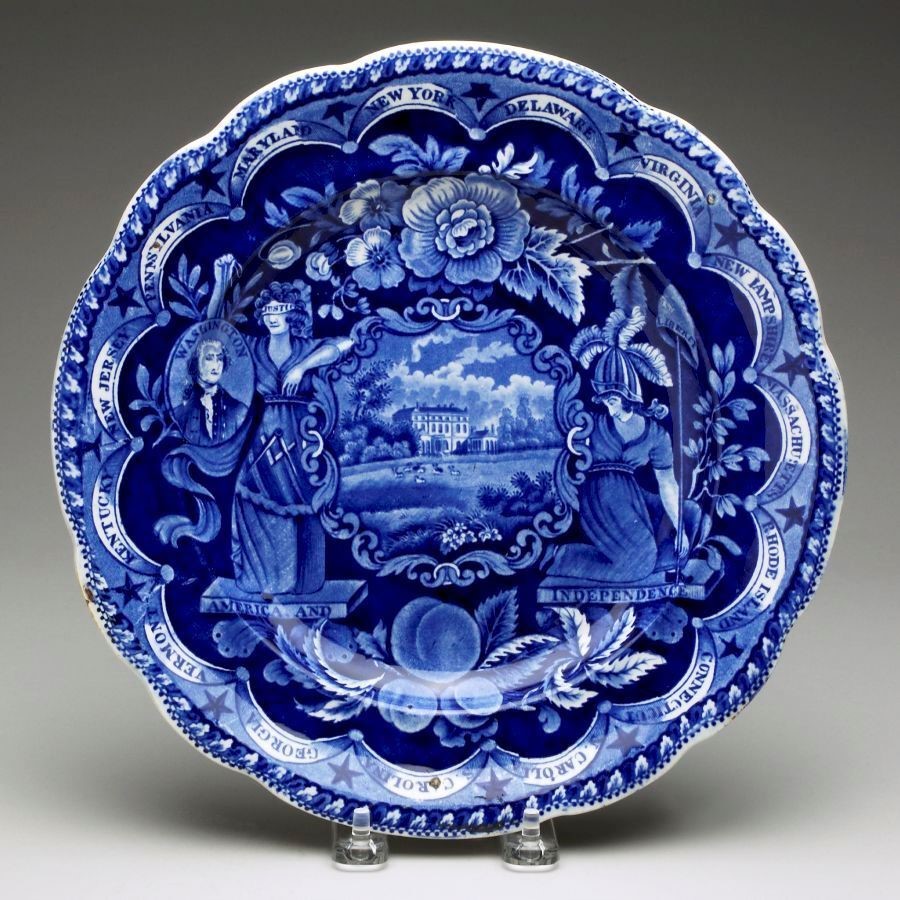
For over 30 years the focus in the Log House interior of Stickley’s family home has been–quite understandably–on the furniture that Stickley made for the space. Yet, the photographs and archival record point to a richness of color, textures, and makers that have not previously been acknowledged or explored. Indeed, while the image of Stickley we conjure is that of an Arts and Crafts purist dedicated solely to his mission, the visual environment of his home paints a more nuanced and complicated picture that challenges our beliefs and gives us a rare window into his personal tastes. Surprisingly, especially for a man who published a magazine for more than 15 years, Stickley’s inner life–his tastes, persona, and home life–remains opaque and difficult to discern; indeed despite all of the text he wrote, our vision of him is somewhat two-dimensional and flat. Viewing him through the lens collector / decorator / furnisher allows us, for the first time, to flesh out these aspects of his persona that remained carefully apart from his role as a leading voice for the Arts and Crafts movement.
Image: James Clews, plate, ca. 1818-34. Carnegie Museum of Art, Pittsburgh.
Week 4: Sat., Oct. 30
You Can Take it With You: Selections from Stickley’s Descendants
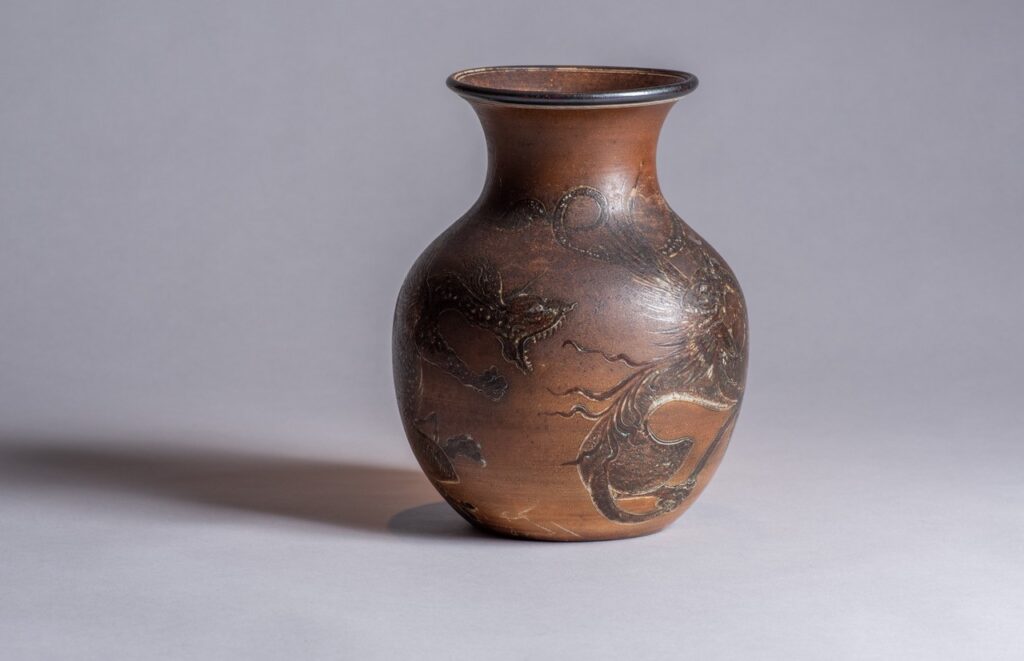
While the early photographs of the Log House are an essential component to understanding the material culture that informed Stickley’s worldview, they are necessarily problematic too. For starters, the photographs published in The Craftsman in 1911 were taken prior to the family’s occupation of the Log House and thus cannot fully capture the home as it was adapted to their lives. Second, these photographs provide us snapshots of a vision from 1911, and they are equally telling in what they do not show, like the kitchen, the porch, three bedrooms and the upstairs hall. Nor do they speak to life within the property’s three cottages or the furnishings contained therein. This session dives deeply into the archival record and selections from Stickley descendants to recapture a sense of the broader Craftsman Farms project that the Stickleys embarked upon.
Image: R. W. Martin and Brothers, vase, 1893. Collection of Drs. Cynthia and Timothy McGinn.
Week 5: Sat., Nov. 6
Making an Exhibition: Conservation and Documentation
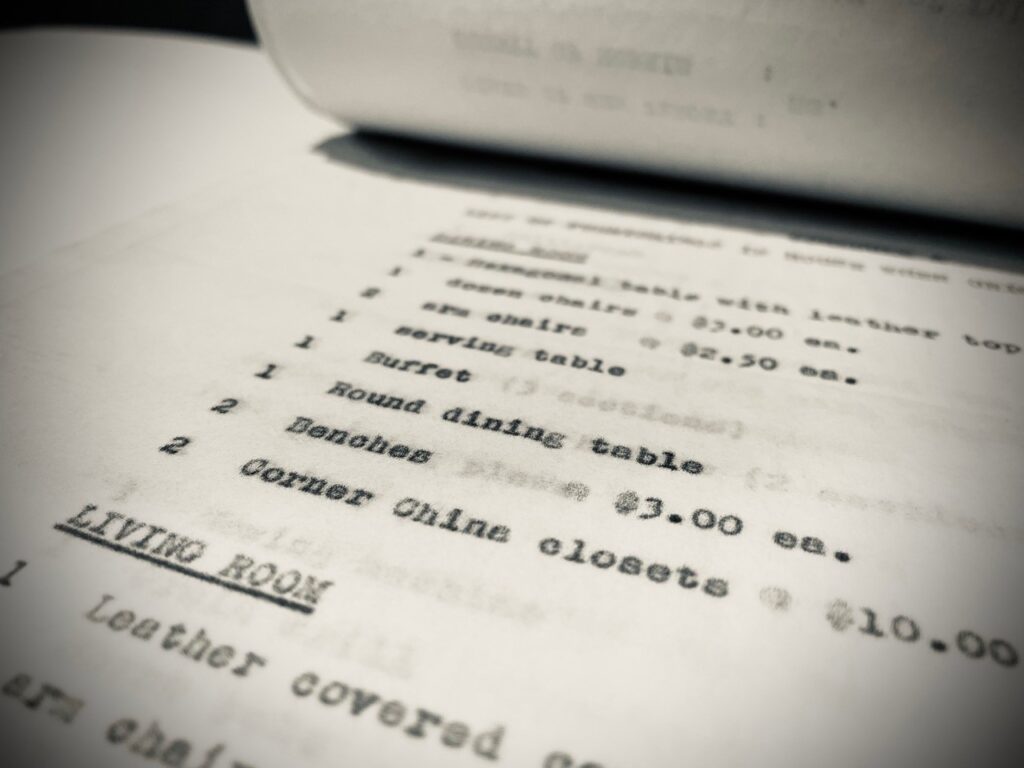
Exhibitions emerge complete; they open (or are put online) as fully formed entities that have seemingly sprung forth as realized visions from the heads of curators. The reality of exhibition-making is quite different, and this session provides a behind-the-scenes look at the making of Circa 1917. From the conservation of collections objects, to the physical and archival record drawn upon to make this exhibit possible, this is a candid look at the process of research and discovery, focusing on questions such as: what can the objects tell us? How is conservation and restoration decided upon? What does conservation entail (and how can I get my pieces looking better)? And, most importantly: What does research actually entail and how does one go about it?
Image: Page from the estate tax return of George W. Farny, 1941.
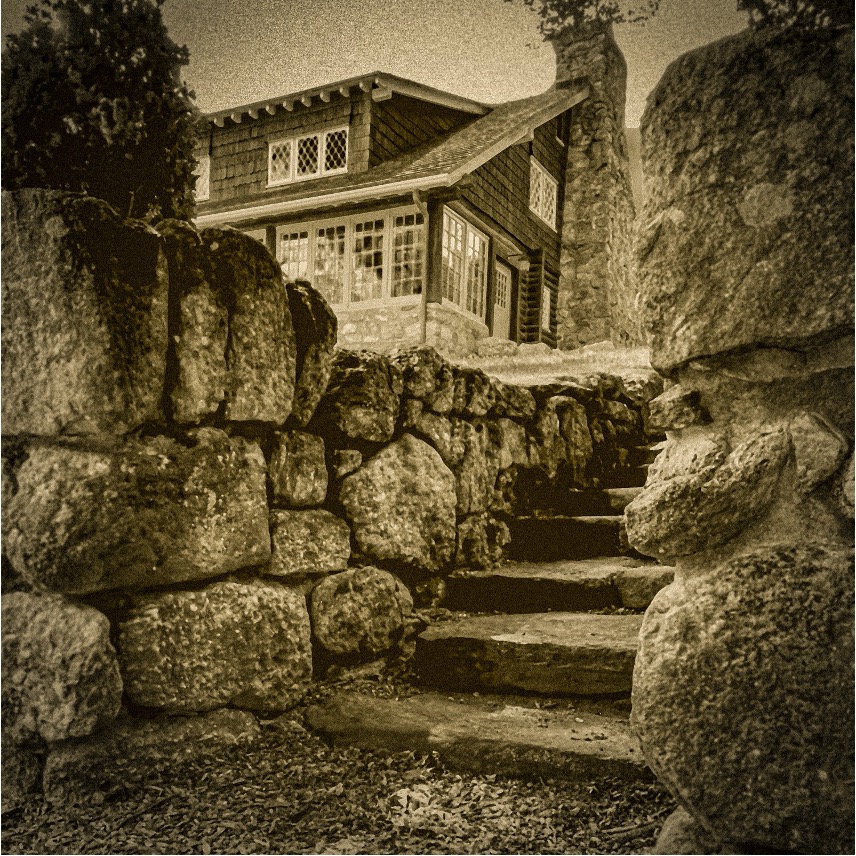
NEW Exhibition – Online Now!
Circa 1917: Rediscovering Craftsman Farms
Dr. Jonathan Clancy is the Director of Collections and Preservation at the Stickley Museum at Craftsman Farms. An author, educator, and curator Clancy received his doctorate in art history in 2008 from the Graduate Center. Formerly Director of the MA in American Fine and Decorative Arts program at Sotheby’s, he left in 2017 to form an advisory group. As an independent consultant, he has worked with private clients and institutions on collection management, exhibition planning, label writing and research, and valuation.
Craftsman Farms, the former home of noted designer Gustav Stickley, is owned by the Township of Parsippany-Troy Hills and is operated by The Stickley Museum at Craftsman Farms, Inc., (“SMCF”) (formerly known as The Craftsman Farms Foundation, Inc.). SMCF is a 501(c)(3) not-for-profit organization incorporated in the State of New Jersey. Restoration of the National Historic Landmark, Craftsman Farms, is made possible, in part, by a Save America’s Treasures Grant administered by the National Parks Service, Department of the Interior, and by support from the Morris County Historic Preservation Trust, The New Jersey Historic Trust, and individual donors. SMCF received an operating support grant from the New Jersey Historical Commission, a division of the Department of State and a grant from the New Jersey Arts & Culture Recovery Fund of the Princeton Area Community Foundation. Educational programs are funded, in part, by grants from the Arts & Crafts Research Fund.
